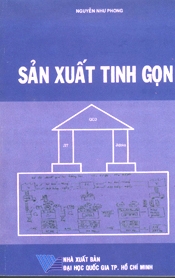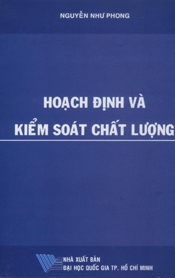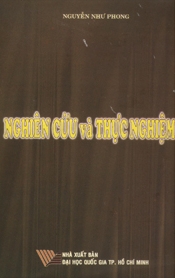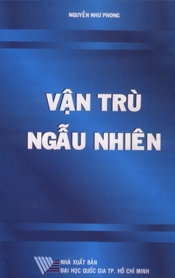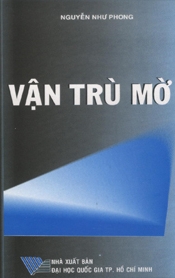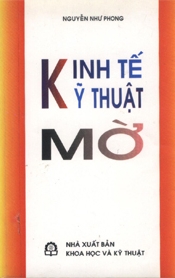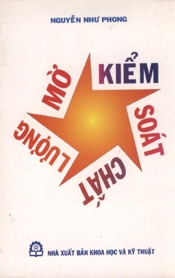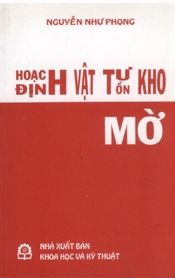
| Biosorption of chromium using Factorial Experimental Design |
|
Biosorption of chromium using Factorial Experimental Design.
Margarita Enid R. Carmonaa,b,1,M ˆ onica Antunes Pereira da Silvab,∗, Selma G. Ferreira Leiteb
a Facultad de Ingeniería Química, Universidad Pontificia Bolivariana, Circular 1ra No. 70-01, AA.56006 Medellin, Colombia b Escola de Química, Centro de Tecnologia, Universidade Federal do Rio de Janeiro, Bl. E, Ilha do Fundão, Rio de Janeiro 21949-990, RJ, Brazil
Received 10 October 2003; accepted 5 February 2004
DOE 26
Abstract
An experimental design technique has been used to investigate the biosorption of chromium from water solutions, simulating typical tanning effluents.
The United States Environmental Protection Agency (EPA) usually allows solutions containing heavy metals to be discharged if the concentration is less than 5.0mg/L.
The removal of Cr3+ and Cr6+ was studied, separately, using the factorial design 23. The three factors considered were pH, temperature, and metal concentration at two markedly different levels: Cr3+, pH (2.0 and 6.0), T (29 and 55◦C), and metal concentration (10 and 1200mg/L); Cr6+, pH (1.0 and 3.0), T (29 and 55◦C), and metal concentration (10 and 1200mg/L).
Experiments were carried out in a batch type reactor system with 0.2g of biosorbent (Sargassum sp.), and 50mL of Cr3+ or Cr6+ solutions.
The efficiency of chromium removal during an exposition time of 6h was then evaluated.
The results were analyzed statistically using the Student’s t-test, analysis of variance, F-test, and lack of fit to define the most important process variables affecting the metal removal efficiency.
The most significant effect regarding Cr3+ uptake was ascribed to interaction between metal concentration and pH. For Cr6+, the most significant effect was ascribed to metal concentration. © 2004 Elsevier Ltd. All rights reserved.
Keywords:
Biosorption; Chromium; Sargassum sp.; Factorial experimental design; Tanning effluents |



